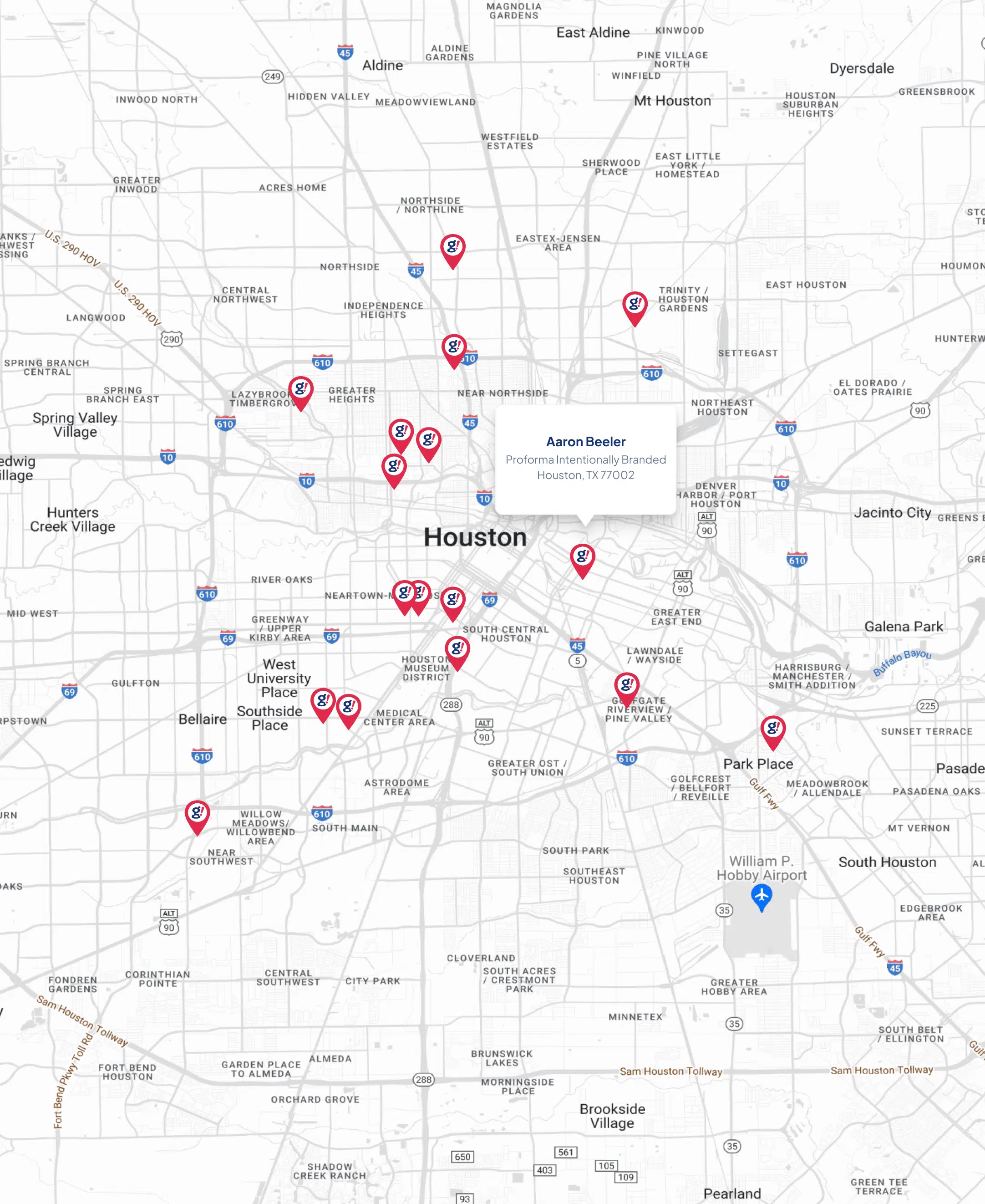A while ago, I stumbled across a short video shared by a small brand I follow. It wasn’t high-production, it wasn’t scripted—and honestly, it wasn’t even edited that well. But what it was was real. A young woman talking about how their product helped her regain confidence after a rough patch. It was raw. It was moving. And I watched the whole thing. Twice.
That’s when it really hit me: No marketing campaign—no matter how polished—can match the power of a story told by someone who’s lived it.
As creative professionals, we spend hours shaping the perfect message. We fine-tune our visuals, wordsmith every sentence, and carefully map out every customer touchpoint. But sometimes, the most impactful voice isn’t ours—it’s the customer’s.
Why User-Generated Stories Work
User-generated stories aren’t just another trend. They’re emotional proof that your brand is doing something right. When a real person takes time out of their life to share their experience, that authenticity cuts through the noise like nothing else can.
People trust people more than they trust brands. It’s that simple. And in an age where everyone is skeptical of overly-produced messaging, UGS (user-generated stories) bring back something we all crave: honest connection.
Let’s Be Real: It’s Not Always Easy
Encouraging people to share their stories takes more than asking them to tag you in a post. You have to create a brand that’s worth talking about. One that invites people into something bigger. Something meaningful.
You also have to make it easy for them. One of the most powerful campaigns I’ve seen was a “Share Your First Win” challenge for a small fitness brand. It wasn’t about perfect bodies or crazy before-and-afters. It was about real people. Real effort. Real growth. The stories poured in—and each one was a celebration, not just of the product, but of the person using it.
How to Weave User-Generated Stories into Your Brand
Here’s where creativity meets strategy. Don’t just wait for great stories to show up—create space for them to happen.
- Branded Hashtags – Create one that invites people to share something specific. (#MyFirstWin, #WithRecore, #PoweredBy____)
- Spotlight Customers Regularly – Feature one a week on your socials, website, or newsletter. Not for marketing—but for connection.
- Ask Meaningful Questions – Instead of “Tell us about your experience,” try “What’s one moment that made you feel proud since using our product?”
- Celebrate the Person, Not Just the Product – Make the story about them. Your brand is just the backdrop.
The Story Within the Story
A few months ago, we worked with a client who was struggling to differentiate in a crowded space. Their product was solid, their messaging was fine—but something was missing. During one of our check-ins, a customer sent them an email sharing how their service helped them rebuild their life after a major setback. It was deeply personal.
We asked the customer for permission to share it, and with a little editing and their full blessing, we turned it into a video testimonial. That one story—unscripted, heartfelt, and real—generated more engagement than anything else they’d posted in months. People saw themselves in that story. It wasn’t just marketing. It was the connection.
Final Thoughts
Your customers don’t need to be influencers or professional storytellers. They just need to be heard.
When we give people the mic, when we invite them to be part of the narrative, we turn our brands into communities. We shift from broadcasting to belonging. And honestly? That’s the kind of storytelling that sticks.
Because in the end, branding isn’t just what you say about your company. It’s what people say when you’re not in the room. So why not make them part of the story?
Let them write it with you.







